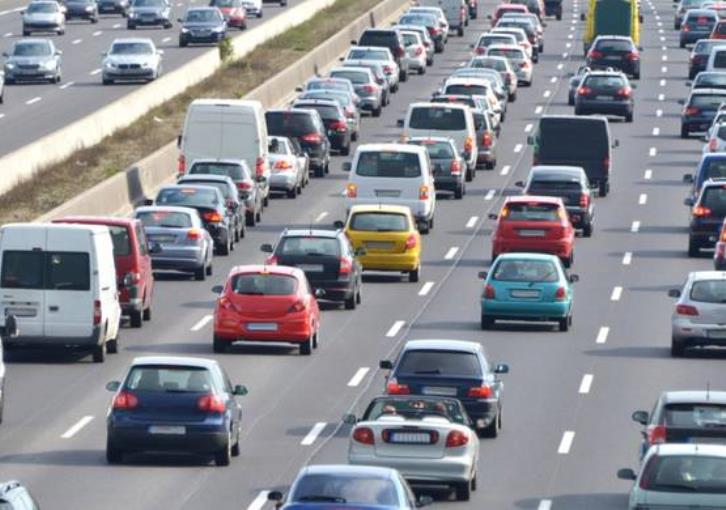The Environmental Impact Assessment (EIA) for Cyprus’ National Strategic Land Transport Plan (NSLTP), extending to 2040, is now open for public consultation until June 14, 2024.
This strategy aims to increase public transport usage from 3% to 17% while reducing car usage by 14%.
The primary objective of the EIA is to identify significant potential environmental impacts and reasonable alternatives for the NSLTP and to propose measures to prevent, reduce, and, where possible, fully offset adverse environmental impacts.
Greenhouse emissions
Transport accounts for 22% of greenhouse gas emissions in Cyprus. The NSLTP’s proposals aim to improve the availability and efficiency of sustainable transport modes and discourage car use.
The plan includes increasing electric vehicle charging stations and strategically placing hydrogen stations by 2040, significantly reducing exhaust emissions. Additionally, the strategy includes increased fuel and circulation taxes to promote alternative fuel technologies.
The preferred scenario supports electric and hydrogen vehicles, contributing substantially to reducing greenhouse gas emissions. Public transport improvements, including dedicated bus lanes and increased service frequencies, are also proposed.
The scenario includes assessing existing Sustainable Urban Mobility Plans (SUMPs) and updating road design standards, ensuring Natura 2000 areas are preserved when intersected by transport infrastructure.
Discouraging car use
According to the Transport Model, car use is expected to decrease by 13.45%, reaching 83.43% by 2040. Public transport usage is projected to increase by 13.45%, reaching 16.57%.
The distance travelled by vehicles, especially personal conventional cars, will also impact CO2 emissions, influenced by the efficiency of the transport network and infrastructure characteristics.
Various NSLTP proposals aim to reduce vehicle-travelled distance, from improving public transport to enhancing accessibility and functionality. The preferred scenario includes creating Park & Ride facilities, encouraging passengers travelling to major cities to leave their vehicles and using public transport or carpooling.
This measure aims to reduce car trips, alleviate central city congestion, lower greenhouse gas emissions, improve air quality, and enhance safety.
Proposed measures
Urban tolls and low-emission zones in Nicosia, Larnaca, and Limassol are proposed to restrict car movement in city centres and reduce air pollution.
The plan includes evaluating charges for specific infrastructures and urban centres.
The study notes that alongside infrastructure measures, policies and measures aim to reduce car use and promote sustainable transport modes like public transport. Incentives for active mobility, electric vehicle recharging infrastructure, and alternative fuel vehicles are proposed, alongside the assessment of tolls and low-emission zones.
The NSLTP’s measures are expected to enhance employment opportunities and attract business activities. Specific annual subsidies to attract professional drivers will create new jobs, the study notes.
Supporting sustainable transport
The shift to sustainable transport modes, such as walking and cycling, will be supported by economic incentives for active mobility.
This includes incentives for mobility-related companies and residents, supported by further evaluation of economic incentives and taxes for private vehicles, including changes in circulation fees and fuel taxation.






